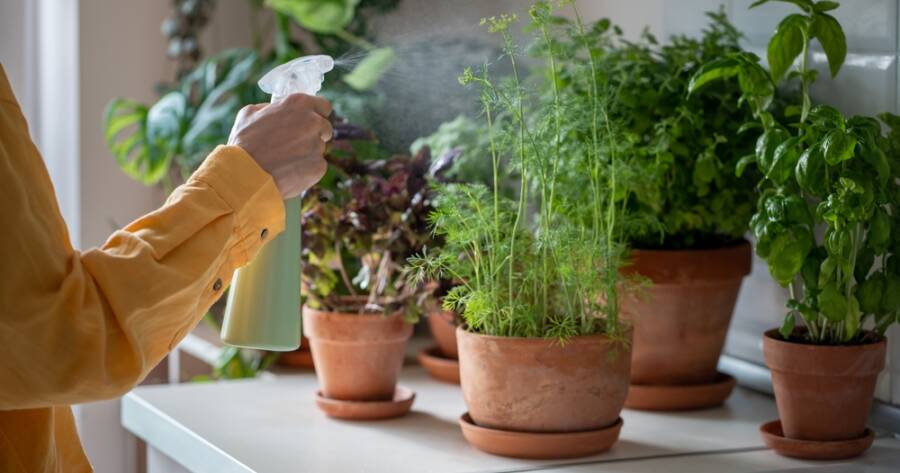Cultivating your own herb garden can be a fulfilling endeavor that might enhance your culinary experiences and provide a delightful aesthetic to your home. Getting started doesn’t require a lot of space or expertise—just a sprinkle of enthusiasm and a dash of patience. Creating a mini-garden filled with aromatic herbs could potentially offer convenience and freshness at your fingertips.
Choosing the Right Spot
Finding the ideal location is crucial for your herb garden’s potential success. Most herbs may thrive in natural sunlight, so consider a spot that receives at least six hours of sunlight each day.
If outdoor space is limited, a sunny windowsill or a balcony might work well. Adequate sunlight helps ensure that your plants grow with vigor and flavor, but it’s essential to monitor them for any signs of sunburn or dehydration in hotter climates.
Selecting Your Herbs
Deciding which herbs to grow depends on your culinary preferences and available space. Popular choices include basil, mint, rosemary, thyme, and parsley. Each herb could offer unique flavors and potentials for various dishes.
Consider starting with a few easy-to-grow options if you’re a beginner, gradually expanding your garden as you gain confidence. Buying seeds can be cost-effective, yet starter plants might give you a quicker harvest.
Understanding the Growth Needs
Herbs generally require well-draining soil, so opting for a quality potting mix with organic matter might be beneficial. If you’re using containers, ensure they have drainage holes to prevent waterlogging.
Herbs typically do best in slightly moist environments but not saturated. Regular watering might be necessary, especially during dry spells, but overwatering should be avoided as it can lead to root rot.
Planting Techniques
When planting seeds, it’s important to follow spacing recommendations, as overcrowding can stifle growth. Some seeds may need to be placed just beneath the soil surface, while others might require a light covering.
If using seedlings, gently loosen the roots before placing them in the soil. Pat down the soil lightly to ensure stability, and water gently to settle the plants in their new environment.
Caring for Your Herb Garden
Consistent care is integral to maintaining health and yield. Regularly trimming your herbs can encourage bushier growth and potentially prevent them from becoming leggy. Watch for pests and remove any dead or yellowing leaves to keep your plants healthy.
Fertilizers can enhance growth, but herbs typically flourish without heavy feeding. If you choose to use them, organic options might be a safer choice, considering you’ll be consuming the herbs.
Harvesting and Usage
Knowing when and how to harvest can be key in maximizing flavor and growth. Harvesting in the morning could yield the most flavorful results, as essential oils are generally most concentrated during cooler times.
Snip close to the top leaves to encourage further growth and always leave enough foliage to allow continued photosynthesis. Fresh herbs can add zest to salads, drinks, and cooked dishes, possibly offering a world of culinary exploration.
Troubleshooting Common Issues
Every garden might face challenges, and being prepared could help mitigate them. Yellowing leaves could indicate overwatering, while pale, fine leaves might suggest insufficient sunlight.
Pests, like aphids and spider mites, might be controlled with insecticidal soaps or homemade remedies such as a mild dish soap and water spray. Regularly inspecting your plants can help catch problems early on.
Start Gardening
Starting an herb garden at home can be a journey of learning and growth, offering not only fresh flavors but also a potential sense of achievement. Whether in sprawling backyards or cozy apartments, cultivating herbs could be a way to interact with nature and enhance your culinary creations. Embrace the process and stay curious, as each season may bring new challenges and discoveries in your green-thumbed adventure.

